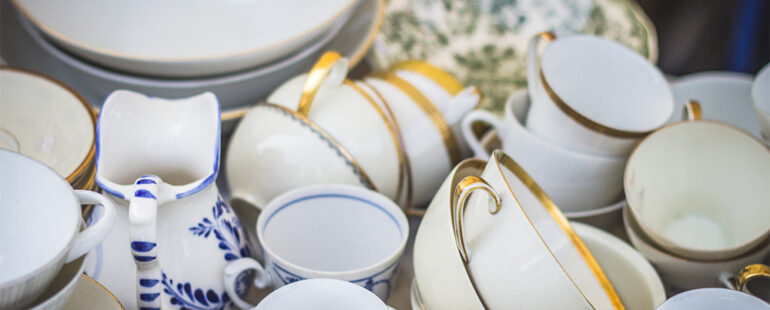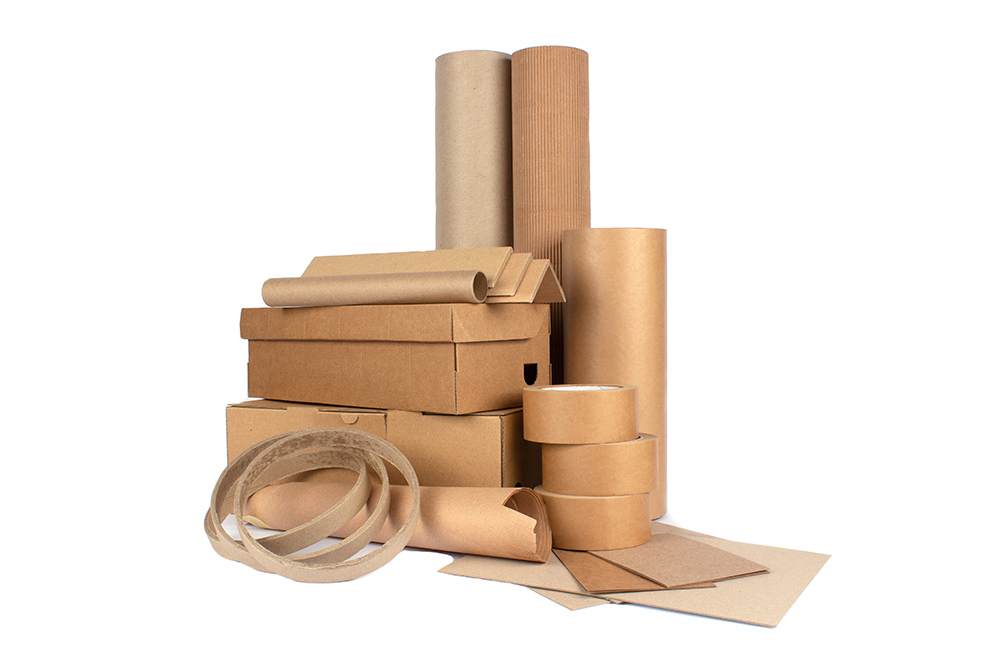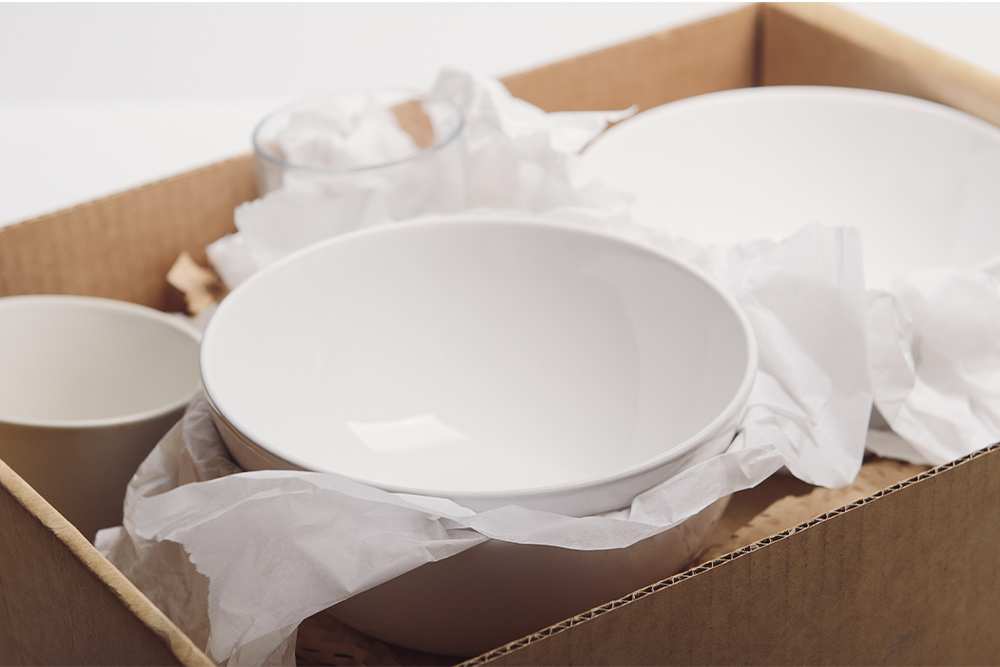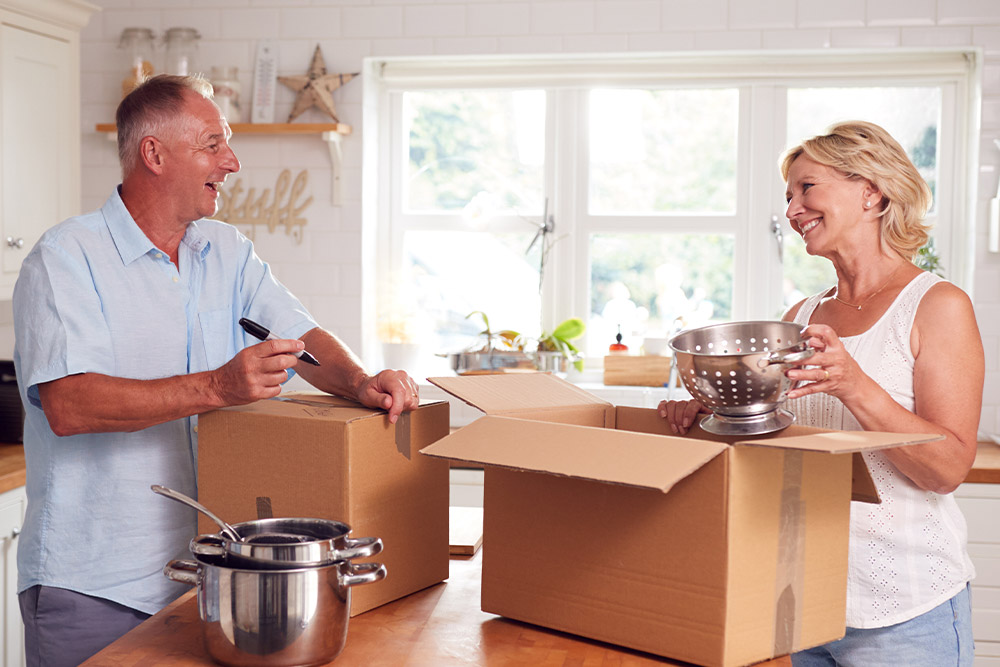
Before the actual moving date, you will need to pack up every room in your household. The kitchen is often marked as notorious for packing. That’s because it contains a lot of bulky and fragile items like dishes. Besides, most people use the kitchen on a daily basis. Also, it is usually the last room to pack and the first you’ll need to unpack. So, it is natural; you should pay extra attention while packing your kitchen. Basically, the same principles are on as when you need to pack fragile items for long-distance moving. But, this task can get quite tricky, especially if you have no prior experience on the subject. So, if you want to learn how to pack dishes for moving, read the following article for some extra information.
Packing Supplies
Luckily, many moving supplies stores sell boxes specially made for packing dishes. On the other hand, although these boxes are perfect for packing and moving dishes, they can be pretty expensive.
However, as long as you are cautious and pack dishes for moving correctly, plain moving boxes will do the trick.
Also, choose packing paper even though bubble wrap will do since packing paper is easier to use and much faster to use.
Bubblewrap will do if you can’t obtain packing paper. But, it usually takes up more space and is harder to use while packing. You will also need packing tape and a marker for labeling.

Tape the Box
The first thing you will need to do is tape the bottom of the box in several directions to ensure the dishes don’t fall out while moving.
While taping, make sure the box is accessible, especially if you work with a tall box.
Padding
The next step is to put some padding on the bottom of the box, and we recommend using packing paper. All you need to do is ball up packing paper making a cushion.
Plates
Make sure to start with plates as they are the most complicated dish to pack and wrap up each one individually. Place them on top of each other as they support the weight and pack tight- this will prevent any movement during transport. When you fill-up the boxes with plates, ball up packing paper that serves as a cushion on top and on the side of the box.

Bowls
As for packing bowls, the universal tip is to work with each one individually and put a crumble of packing paper inside and around the bowl. It would be best to put the bowls on their side, and after you, ve finished, put the crumbled packing paper on the side and on the top of the box containing bowls.
Glasses
Since glasses are most fragile, we recommend packing them last. There are a couple of ways to pack them, and to be honest, wine glasses are very sensitive to movement. So, buy specially made boxes for packing wine glasses or make them yourself. Every wine glass needs to be placed individually and make sure it’s stable.
As for plain glasses, pack them like bowls meaning you should put packing paper inside and around them and place them on the side.
Again, fill the remaining space in the box containing glasses with balled-up packing paper.
Closing Boxes
When you are finished packing plates, bowls, glasses, and similar glassware, it’s essential to close the boxes properly. If there’s any remaining space in the boxes, fill it up with crumpled packing paper. In packing dishes, bubblewrap can work too, especially when it comes to glasses but keep in mind that it will take up more space than packing paper.

Packing Knives
It’s important to take precautions while packing your knives, and we recommend wrapping all the knives you own together and taping the end that’s pointy, preventing any possible injury.
Pantry Items
In most cases, substances like vinegar leak, so tape it around the cap. The same goes for salt and spices. Make sure you tape it around the cap to avoid spilling and leakage.
Pots and Pants
Although pots and pants are made out of metal and solid materials, we recommend wrapping them up in packing paper or bubble wrap. That will prevent scratches and dents that can happen during the move.
Labeling
After you’ve finished packing your dishes for moving, the final step is labeling all the packed boxes with names of dishes, pots, and pans, knives, glasses, bowls, etc.
If you label the boxes for moving, it will make your unpacking a lot easier. If you own a fair amount of dishes and want to rest the first day after moving, we recommend packing an essential dishes box that will get you thru the day after the move.

Hiring Professional Movers
However, packing can take up a lot of time and energy busy individuals simply can’t afford. Others simply don’t have the experience and are afraid of breakages and damage to their belongings. If that’s the case, we recommend hiring a professional moving and storage company to help you pack dishes for moving. Professional movers can help you with different segments of the move including packing, unpacking, loading, transport, unloading your items.
Choosing the Right Moving Company
There is a variety of moving companies out there, so make sure to explore all available options before deciding on the right one. If you aren`t sure which one suits your needs best, ask family and friends for recommendations, check out user reviews, or explore the internet for the best deals. Some firms offer discounts if you book the moving date on time.
Those that plan on packing and moving valuable glossary items and antiques should consider getting an insurance policy in agreement with the desired moving company.
